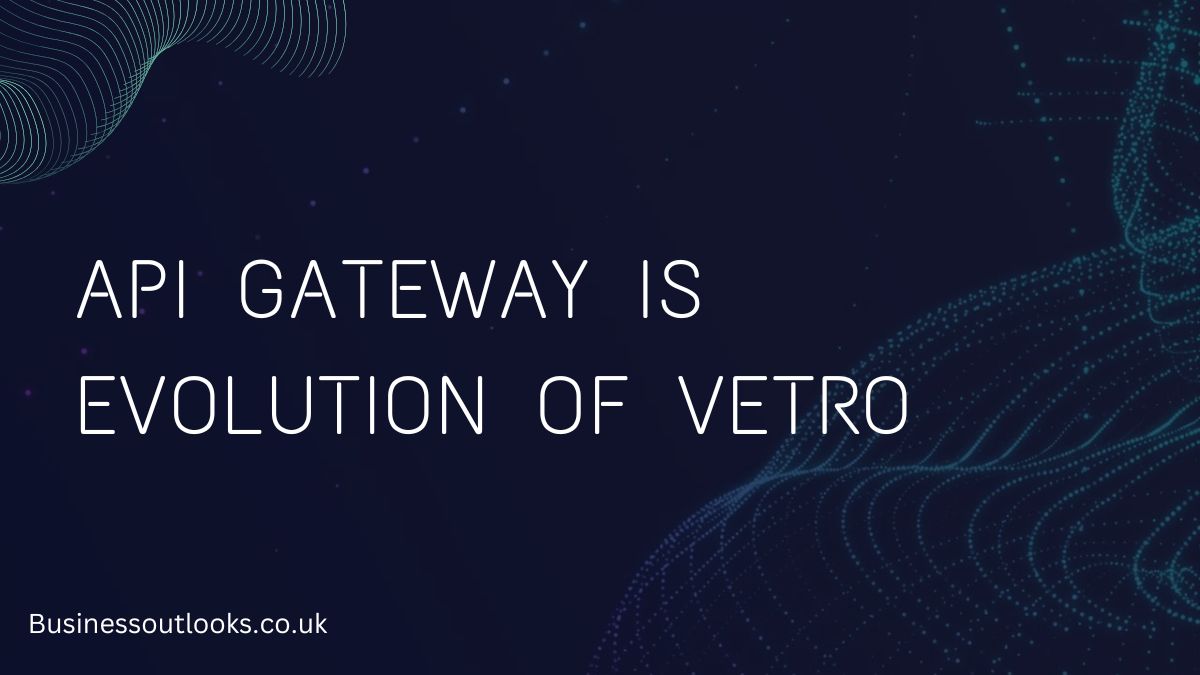Introduction
In modern application architecture, Api Gateway is Evolution of Vetro have emerged as crucial components, evolving from earlier architectural patterns like VETRO (Validate, Enrich, Transform, Route, Operate). Initially, VETRO was essential for enabling communication and data flow within systems, especially in complex enterprise environments. However, with the rise of microservices, mobile applications, and cloud-native development, API gateways are becoming the go-to solution for managing and securing APIs effectively.
Understanding Api Gateway is Evolution of Vetro
Api Gateway is Evolution of Vetro stands for Validate, Enrich, Transform, Route, and Operate, a Vetro Pattern Api Gateway that has served as a blueprint for structuring middleware services. Here’s a breakdown:
- Validate: Ensures requests meet the required criteria.
- Enrich: Api Gateway is Evolution of Vetro additional data to requests to enhance processing.
- Transform: Converts data formats or modifies content as needed.
- Route: Directs requests to appropriate services or endpoints.
- Operate: Manages and monitors ongoing processes.
VETRO’s comprehensive approach has long supported data integrity and efficient communication in systems, but with expanding digital landscapes, this model faces certain constraints.
Limitations of the Api Gateway is Evolution of Vetro
While VETRO remains a solid foundation for data flow management, it has limitations:
- Scalability: VETRO setups can be challenging to scale, especially across distributed systems.
- Complexity: Coordinating multiple steps can complicate deployments and updates.
- Security: Lack of robust, unified security protocols in VETRO can expose data to vulnerabilities.
These limitations Vetro Pattern Api Gateway the way for more efficient, adaptable solutions, namely Api Gateway is Evolution of Vetro.
The Emergence of API Gateway Technology
Api Gateway is Evolution of Vetro have become central to managing requests between clients and microservices. Their core function is to act as a single-entry point, making it easier to handle and monitor the complex interactions between applications and backend systems.
Comparing VETRO and API Gateway Functions
Validating Requests: VETRO vs. API Gateway
Api Gateway is Evolution of Vetro validate API requests just as VETRO does but with enhanced flexibility. They use modern security protocols like OAuth, API keys, and JWT tokens, improving access control and authentication.
Enrichment Capabilities in VETRO and API Gateways
API gateways offer dynamic data enrichment, allowing the addition of headers or tokens without significant code changes, unlike VETRO, which may require more rigid configurations.
Data Transformation Handling in VETRO vs. API Gateway
Data transformation is streamlined in Api Gateway is Evolution of Vetro, enabling seamless conversion across formats and protocols, which simplifies interoperability between different systems.
Routing Mechanisms in Both Vetro Pattern Api Gateway
While Vetro Pattern Api Gateway routes data as per predefined rules, API gateways offer advanced routing based on real-time criteria, like user location or device type, enhancing user experience.
Operational Differences and Deployment
Vetro Pattern Api Gateway is Evolution of Vetro centralize logging, analytics, and monitoring, giving developers a clearer view of the API’s health, which reduces time Vetro Pattern Api Gateway on troubleshooting compared to VETRO’s manual monitoring processes.
Api Gateway Kicking Off Lambda Twice
When an API Gateway “Api Gateway Kicking Off Lambda Twice” or triggers a Lambda function twice, it can lead to issues like duplicate function executions, increased costs, and potential data consistency problems. This phenomenon is not uncommon in cloud architectures using AWS Api Gateway Kicking Off Lambda Twice, and it may happen due to a variety of reasons. Here’s a comprehensive guide to understand why this happens and how to mitigate it.
Key Features of API Gateways
- Traffic Management: Api Gateway is Evolution of Vetro regulate request volumes, helping to balance loads across servers.
- Security and Authentication: Strong security measures like SSL termination and DDoS protection safeguard APIs.
- Protocol Translation: Gateways translate between HTTP and WebSocket or gRPC, enabling smoother integrations.
- Monitoring and Analytics: Comprehensive monitoring tools allow for detailed insights into API usage and performance.
Benefits of API Gateways Over VETRO
API gateways offer numerous advantages:
- Enhanced Scalability and Flexibility: Built for modern, scalable applications that can handle increased load.
- Simplified Security Implementations: Centralized security policies reduce the risk of data breaches.
- Improved Performance: Features like caching and load balancing optimize performance and user experience.
- Centralized Governance: Monitoring and governance are integrated, simplifying management.
Real-World Use Cases of API Gateways
Microservices Architecture: API gateways facilitate seamless microservices communication.
Mobile Backend Integration: Gateways optimize backend connections for mobile apps.
IoT Ecosystems: API gateways bridge connections in complex IoT networks, ensuring secure and reliable communication.
How API Gateways Simplify DevOps and CI/CD Workflows
Api Gateway is Evolution of Vetro streamline workflows by automating tasks, integrating with DevOps tools, and enhancing deployment efficiency. This results in quicker updates and fewer errors in the development lifecycle.
Api Gateway is Evolution of Vetro and Cloud-Native Architecture
In cloud-native environments, Api Gateway is Evolution of Vetro enable applications to be deployed across serverless platforms, enhancing resilience and scaling capabilities.
Security Advantages of Api Gateway is Evolution of Vetro
With robust security features, Api Gateway is Evolution of Vetro offer:
- Advanced Authentication: Supports OAuth, JWT, and other protocols.
- DDoS Protection: Shields applications from malicious attacks.
- Secure Data Management: Acts as an additional layer for sensitive data protection.
- API Gateway vs. Service Mesh: Understanding the Differences
While Api Gateway is Evolution of Vetro manage requests between clients and services, service meshes handle inter-service communication, making them complementary in complex architectures.
Future of API Gateway Technology
The future promises even more advanced Api Gateway is Evolution of Vetro solutions, with features tailored for growing IoT, AI-driven analytics, and multi-cloud compatibility.
Conclusion
Api Gateway is Evolution of Vetro represent a significant evolution from the VETRO model, offering a more scalable, secure, and manageable solution. Their role in microservices, cloud-native applications, and IoT systems underscores their adaptability and potential to drive future digital transformations.